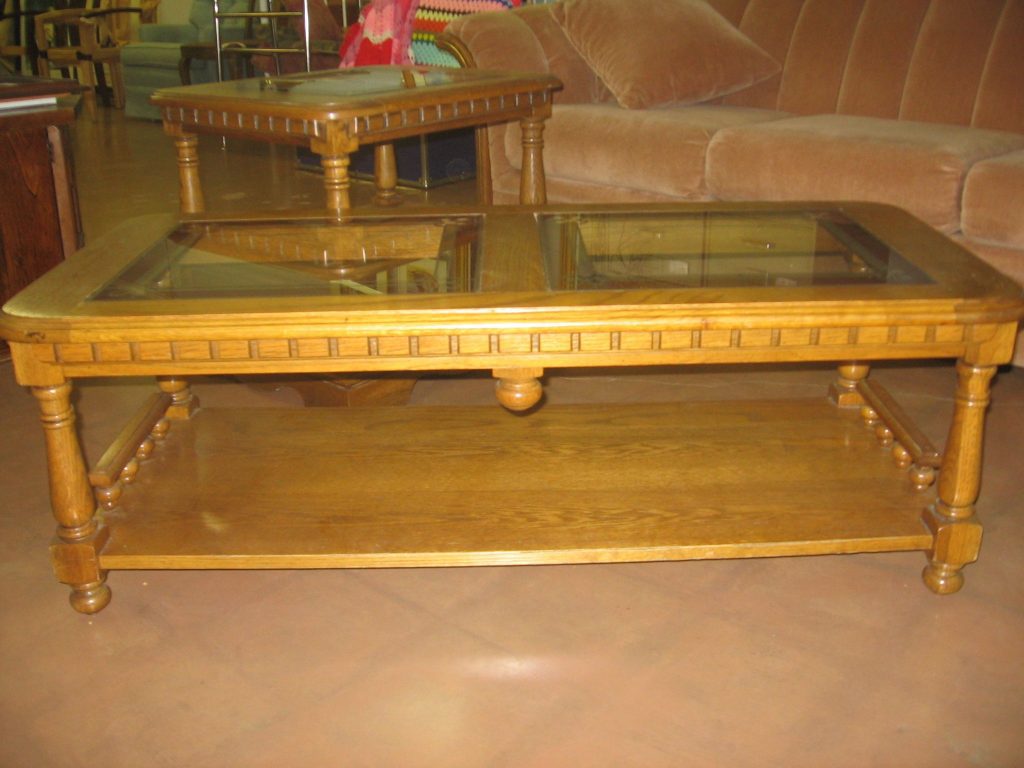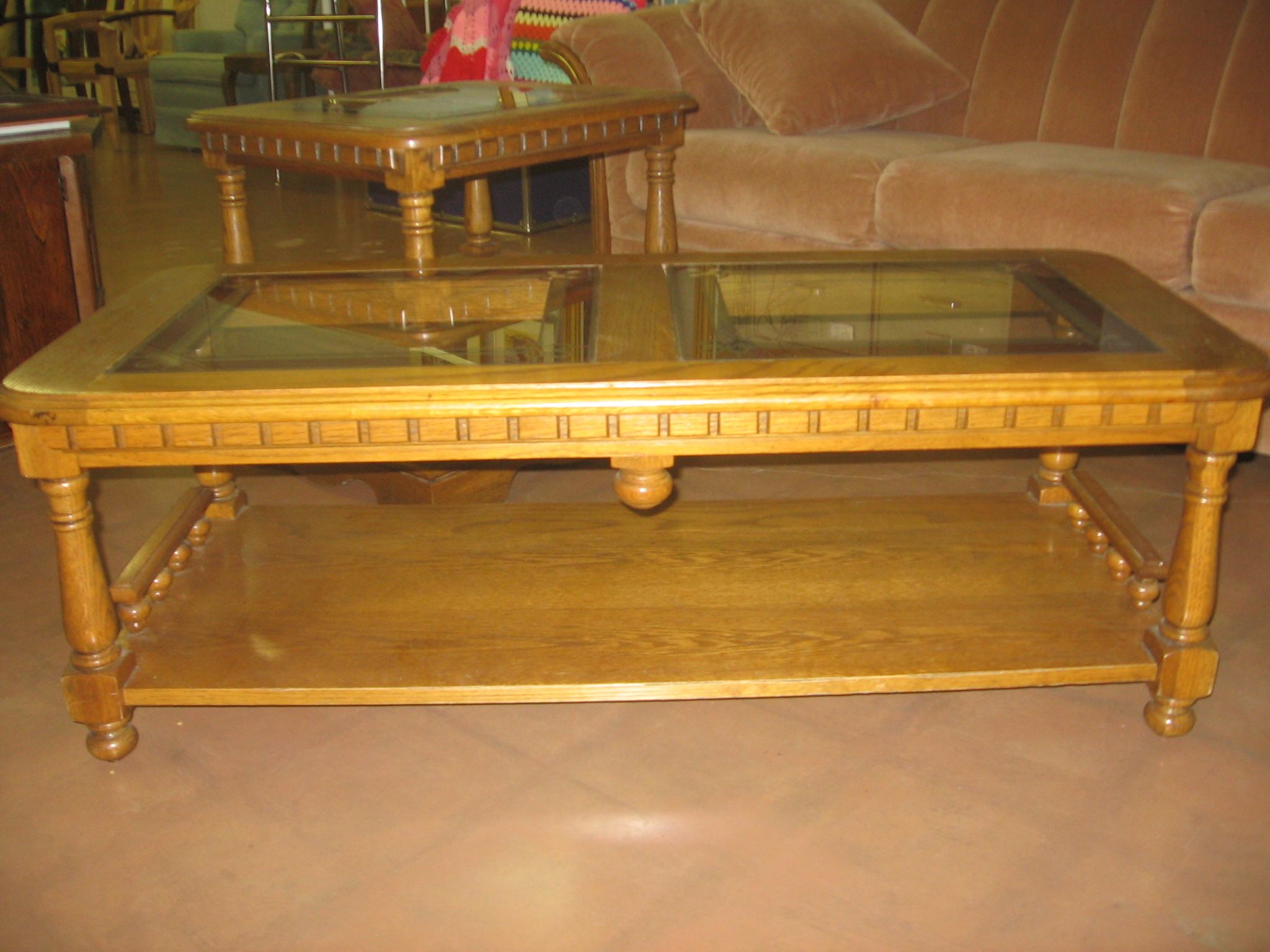The pecan tree is a member of the hickory family, making pecan wood and hickory wood essentially the same. While there are differences between the two, it takes a close look at the end grain, with a magnifying glass to find them. Most vendors lump the two together, listing them as Hickory/Pecan, both as solid hardwood and as plywood. So when buying pecan, the customer doesn’t know if they are getting pecan or hickory.
Perhaps the easiest way of determining if a particular lot of wood is pecan or hickory is by its point of origin. Hickory grows in the eastern and central part of the United States, while pecan grows in the south and southwest. The trees can grow to 150 feet tall, with a trunk diameter up to 3-1/2’. It is not as hard or dense as many other hardwoods, so will wear more. However, it absorbs shock extremely well, making it one of the choicest woods used for making baseball bats.
Pecan is one of the few true domestic hardwoods we have here in the United States. It is most commonly used for charcoal and for smoking meats, due to the high amount of thermal energy it stores. Nevertheless, the wood itself is fine-grained and attractive when used in furniture, flooring and cabinetmaking. The grain provides a rough, rustic appearance.
When making one’s own planks from logs, care must be taken during the drying process. The wood has a high shrink rate, leading to a high probability of checks and splitting at the ends.
The heartwood of the pecan tree tends to be light to medium brown, with a reddish hue, while the sapwood is a paler yellowish brown. It is a fine-grained wood, with mostly straight grain, although some waviness is common. It is not a highly durable wood, as it is susceptible to both heartwood decay and insect attack.
Due to the extensive use of hickory for smoking meat, it can be difficult to find pieces which are large enough for furniture making or turning on the lathe. Looking on one of the best hardwood sources online, with one of the widest inventories, there is very little hickory shown and no pecan. What little that does exist is at a fairly low price for hardwoods. However, hickory/pecan hardwood plywood seems to be fairly easy to find in 1/4” and 3/4” sheets, for roughly the same price as other domestic hardwood plywood.

Pecan is also available in the form of veneer, either in an all heartwood version or a two-tone version that alternates strips of heartwood with sapwood. As with other hardwood veneers, it can be quartersawn, flat cut or rotary cut, giving a wide range of grain patterns. The contrast of colors between the heartwood and sapwood are especially attractive in this wood.
Pecan and hickory can be difficult to machine and tend to dull blades and bits rather quickly. Sharp cutting tools are necessary to avoid tearout. The wood tends to split easily, especially near the edge, so drilling pilot hole is highly recommended. The wood doesn’t glue well, which isn’t an issue for plywood, but can be for solid wood. Sanding is not an issue, as the wood provides a smooth finish. The natural coloration readily accepts a wide range of medium to dark colored stains.




